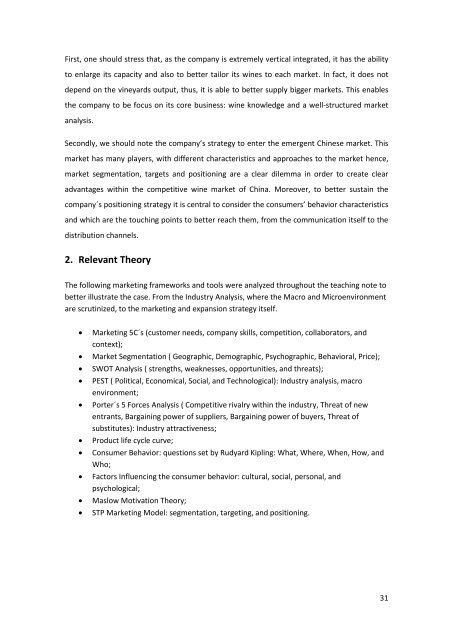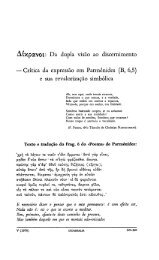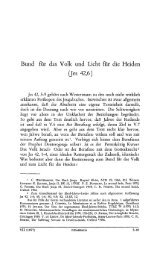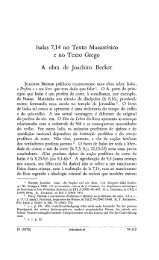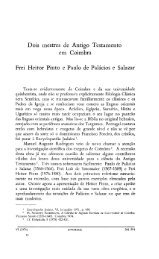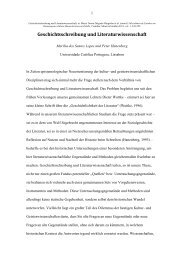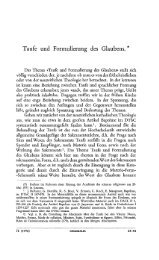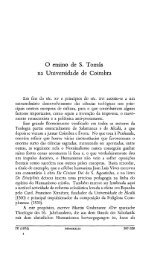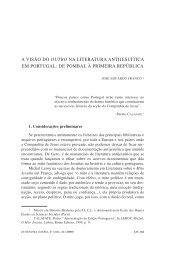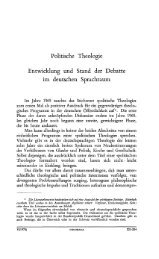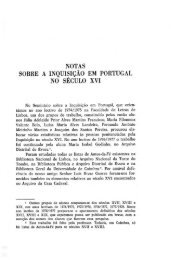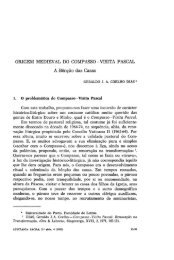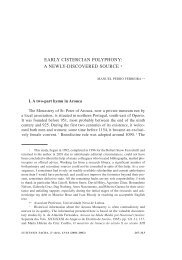DFJ Vinhos: Wines in China, A promising but difficult market
DFJ Vinhos: Wines in China, A promising but difficult market
DFJ Vinhos: Wines in China, A promising but difficult market
Create successful ePaper yourself
Turn your PDF publications into a flip-book with our unique Google optimized e-Paper software.
First, one should stress that, as the company is extremely vertical <strong>in</strong>tegrated, it has the ability<br />
to enlarge its capacity and also to better tailor its w<strong>in</strong>es to each <strong>market</strong>. In fact, it does not<br />
depend on the v<strong>in</strong>eyards output, thus, it is able to better supply bigger <strong>market</strong>s. This enables<br />
the company to be focus on its core bus<strong>in</strong>ess: w<strong>in</strong>e knowledge and a well-structured <strong>market</strong><br />
analysis.<br />
Secondly, we should note the company’s strategy to enter the emergent Ch<strong>in</strong>ese <strong>market</strong>. This<br />
<strong>market</strong> has many players, with different characteristics and approaches to the <strong>market</strong> hence,<br />
<strong>market</strong> segmentation, targets and position<strong>in</strong>g are a clear dilemma <strong>in</strong> order to create clear<br />
advantages with<strong>in</strong> the competitive w<strong>in</strong>e <strong>market</strong> of Ch<strong>in</strong>a. Moreover, to better susta<strong>in</strong> the<br />
company´s position<strong>in</strong>g strategy it is central to consider the consumers’ behavior characteristics<br />
and which are the touch<strong>in</strong>g po<strong>in</strong>ts to better reach them, from the communication itself to the<br />
distri<strong>but</strong>ion channels.<br />
2. Relevant Theory<br />
The follow<strong>in</strong>g <strong>market</strong><strong>in</strong>g frameworks and tools were analyzed throughout the teach<strong>in</strong>g note to<br />
better illustrate the case. From the Industry Analysis, where the Macro and Microenvironment<br />
are scrut<strong>in</strong>ized, to the <strong>market</strong><strong>in</strong>g and expansion strategy itself.<br />
<br />
<br />
<br />
<br />
<br />
<br />
<br />
<br />
<br />
<br />
Market<strong>in</strong>g 5C´s (customer needs, company skills, competition, collaborators, and<br />
context);<br />
Market Segmentation ( Geographic, Demographic, Psychographic, Behavioral, Price);<br />
SWOT Analysis ( strengths, weaknesses, opportunities, and threats);<br />
PEST ( Political, Economical, Social, and Technological): Industry analysis, macro<br />
environment;<br />
Porter´s 5 Forces Analysis ( Competitive rivalry with<strong>in</strong> the <strong>in</strong>dustry, Threat of new<br />
entrants, Barga<strong>in</strong><strong>in</strong>g power of suppliers, Barga<strong>in</strong><strong>in</strong>g power of buyers, Threat of<br />
substitutes): Industry attractiveness;<br />
Product life cycle curve;<br />
Consumer Behavior: questions set by Rudyard Kipl<strong>in</strong>g: What, Where, When, How, and<br />
Who;<br />
Factors Influenc<strong>in</strong>g the consumer behavior: cultural, social, personal, and<br />
psychological;<br />
Maslow Motivation Theory;<br />
STP Market<strong>in</strong>g Model: segmentation, target<strong>in</strong>g, and position<strong>in</strong>g.<br />
31


